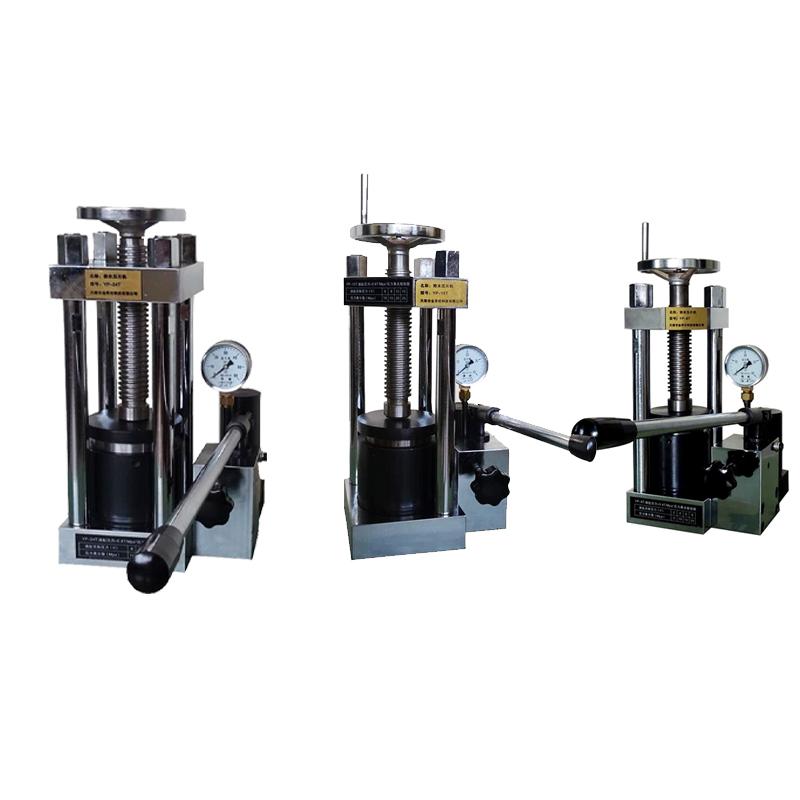The key role of filler performance testing and whiteness measurement in industrial applications
In the pigment and filler industry, performance inspection is a key step to ensure product quality. This article will explore the importance of filler performance inspection and the methods and applications of whiteness determination to help readers better understand these key industrial processes.
Part one: The importance of packing performance inspection
Fillers play a vital role in the pigments and coatings industry. They are not only used to increase the pigment volume, but also to adjust the performance of the product. Different filler types have different performance characteristics, so performance testing is required to ensure product consistency and quality.
Part II: Performance difference of different fillers
Different fillers vary greatly in their chemical composition and physical properties. Therefore, only a part of the filler properties are tested in the same way as the pigment. For example, for pigments and fillers, it is often necessary to determine parameters such as volatiles at 105°C, aqueous solubles, sieve residues, oil absorption, and pH of aqueous suspensions. However, for other performance inspection methods, different product varieties may require different methods, depending on the requirements of the product.
Part three: Determination of whiteness
Whiteness is an important parameter to measure the performance of fillers. It reflects the color and reflection characteristics of the filler and is usually determined using instruments. In whiteness determination, the absolute reflectance ratio of a standard whiteboard is used as a benchmark to determine the absolute reflectance ratio of the sample surface. This helps to evaluate the whiteness value of the filler, which is crucial for pigment and filler manufacturers.
Part IV: Instrument and method of whiteness measurement
The whiteness determination is usually performed using a colorimeter equipped with different geometric illumination conditions, such as d/0 or 45/0, and covering wavelengths between 380 and 780nm. During the determination, the sample is prepared using a powder sampler to ensure that its surface is flat, free of texture, defects and stains. The instrument needs to be calibrated, using a transfer standard whiteboard and a working standard whiteboard to ensure the accuracy of the determination.

The key role of filler performance testing and whiteness measurement in industrial applications
Part V: the experimental procedure of whiteness determination
Take a certain amount of sample, put it into the powder sampler, and press it into a flat surface test sample. Three test samples are usually prepared to ensure consistency.
Using a transfer standard whiteboard and a working standard whiteboard, calibration was performed according to the instrument instructions to ensure the accuracy of the determination.
The three test samples were placed on the measuring hole respectively, and the absolute reflection ratio of each test sample was measured, and the average value of the measurement results of the three test samples was taken.

The key role of filler performance testing and whiteness measurement in industrial applications
Part VI: Result presentation and calculation
The results of the whiteness determination are expressed as the arithmetic mean of the measured values of three test samples, and the results are usually reported to one decimal place.
Part VII: Reference standards
To ensure the consistency and comparability of the test, the whiteness determination usually follows the national and international standards, such as GB/T 19590-2004 “ultra-fine calcium carbonate”.
Part VIII: Conclusion
The performance inspection and whiteness determination of fillers are the key steps to ensure the quality of products in the pigment and filler industry. With proper performance testing and whiteness determination, manufacturers can ensure that products meet specific requirements, improve product performance, reduce costs, and reduce adverse environmental impacts. The correct application of these industrial processes is essential to ensure product quality and market competitiveness.
